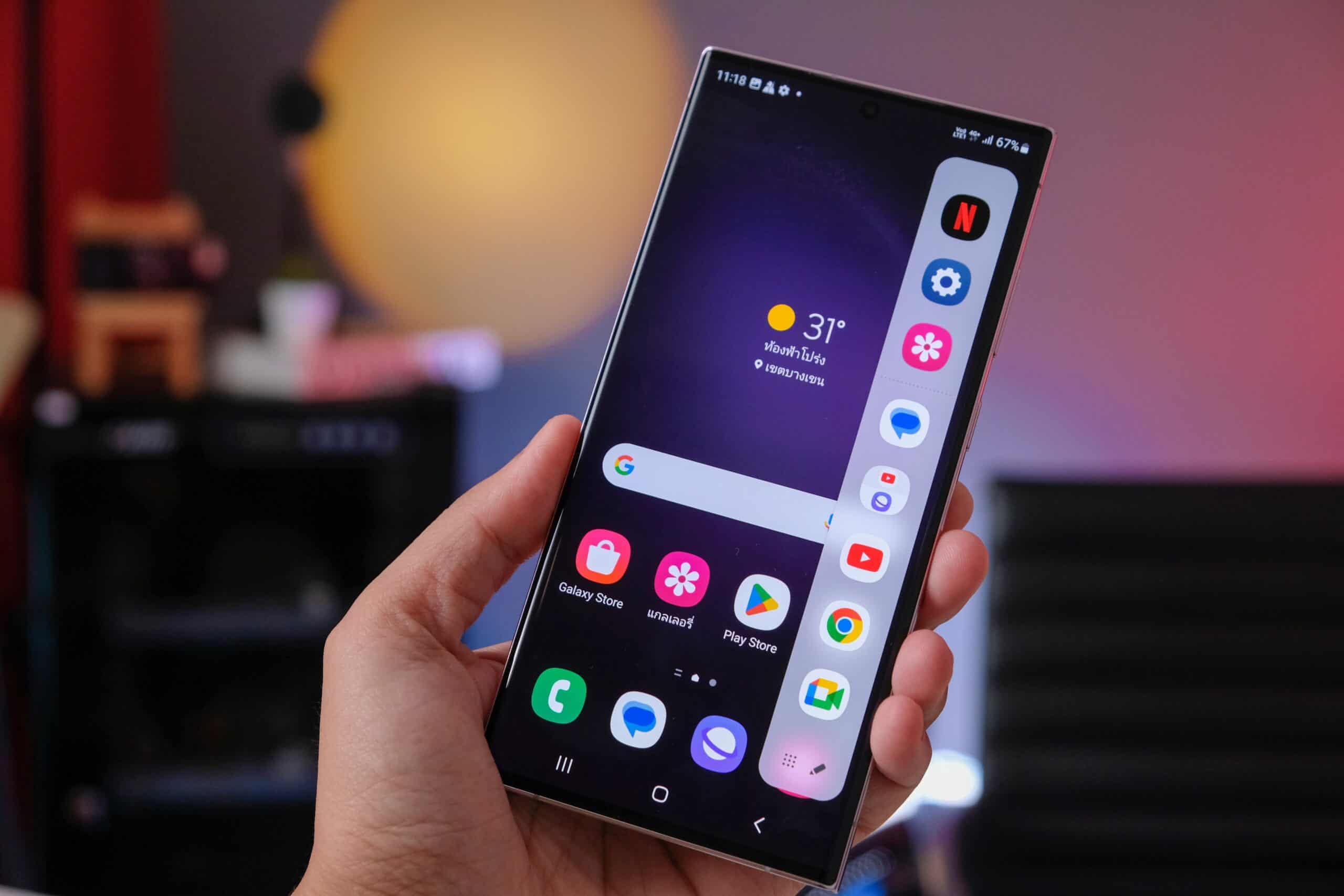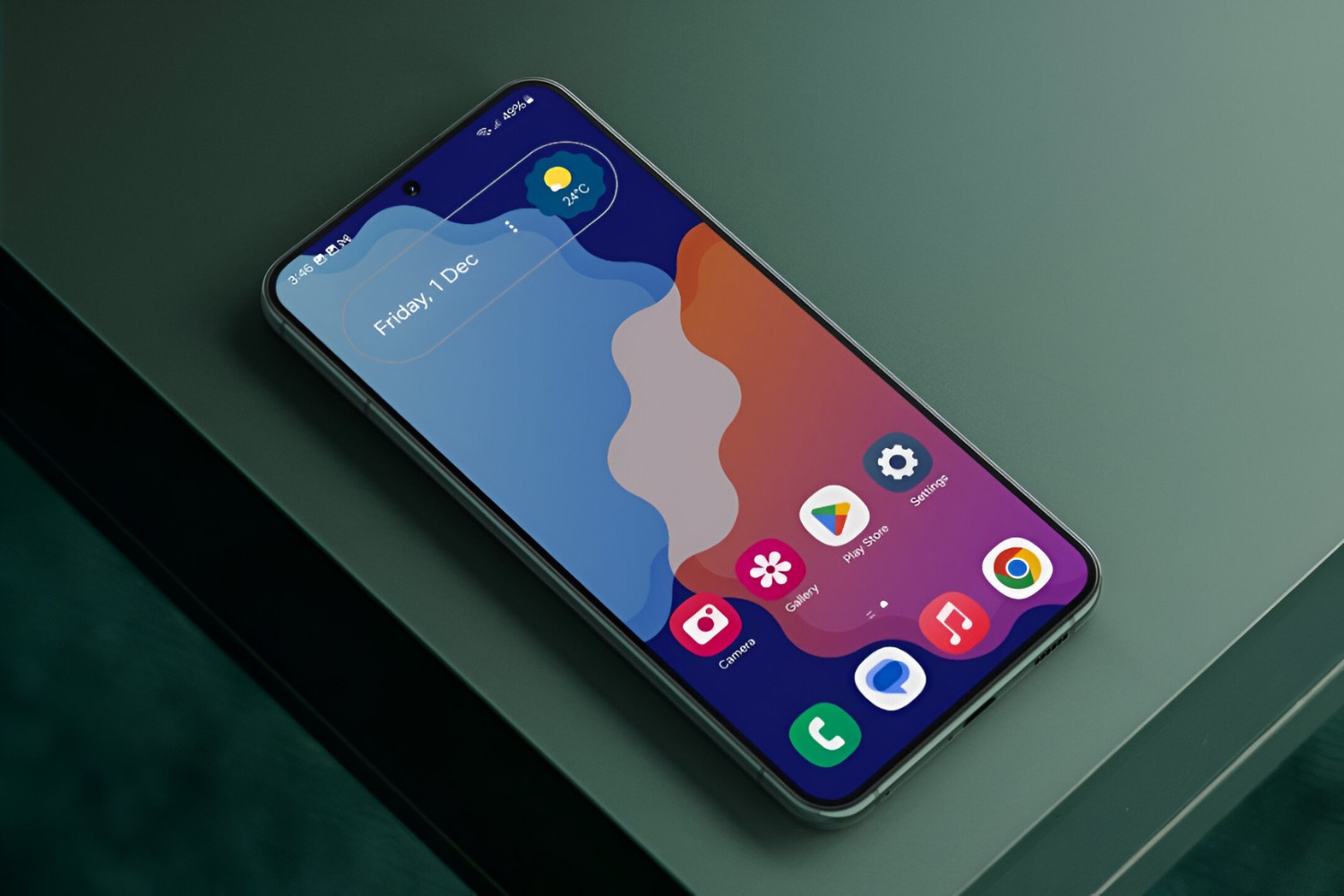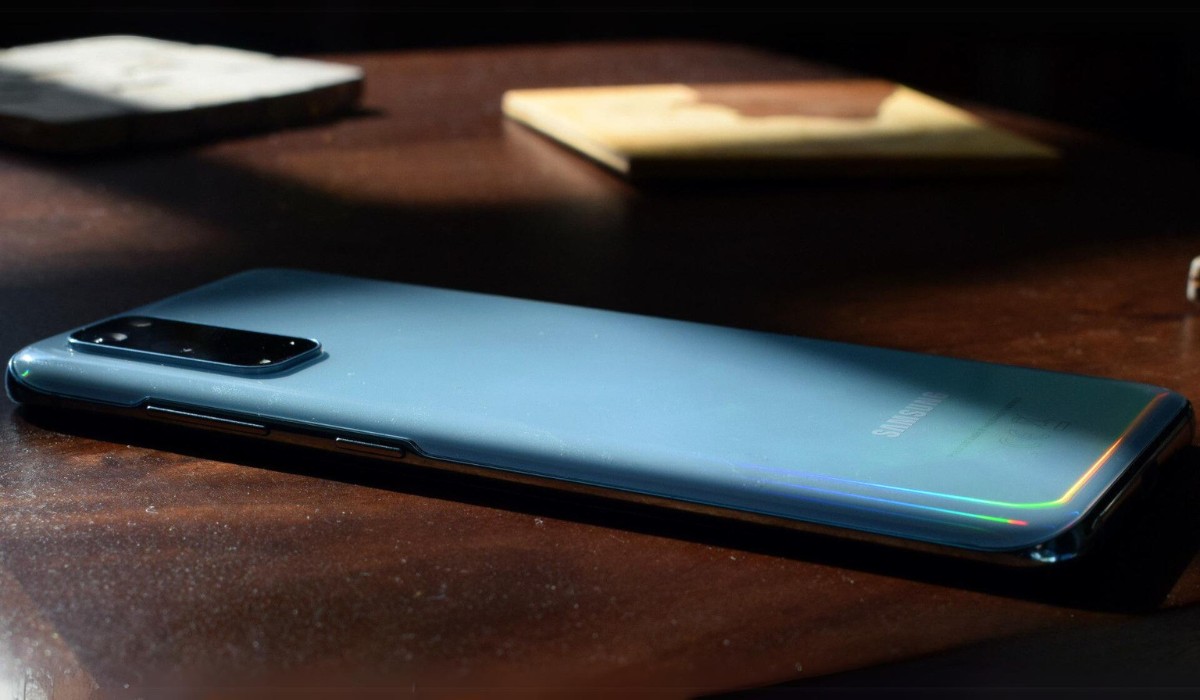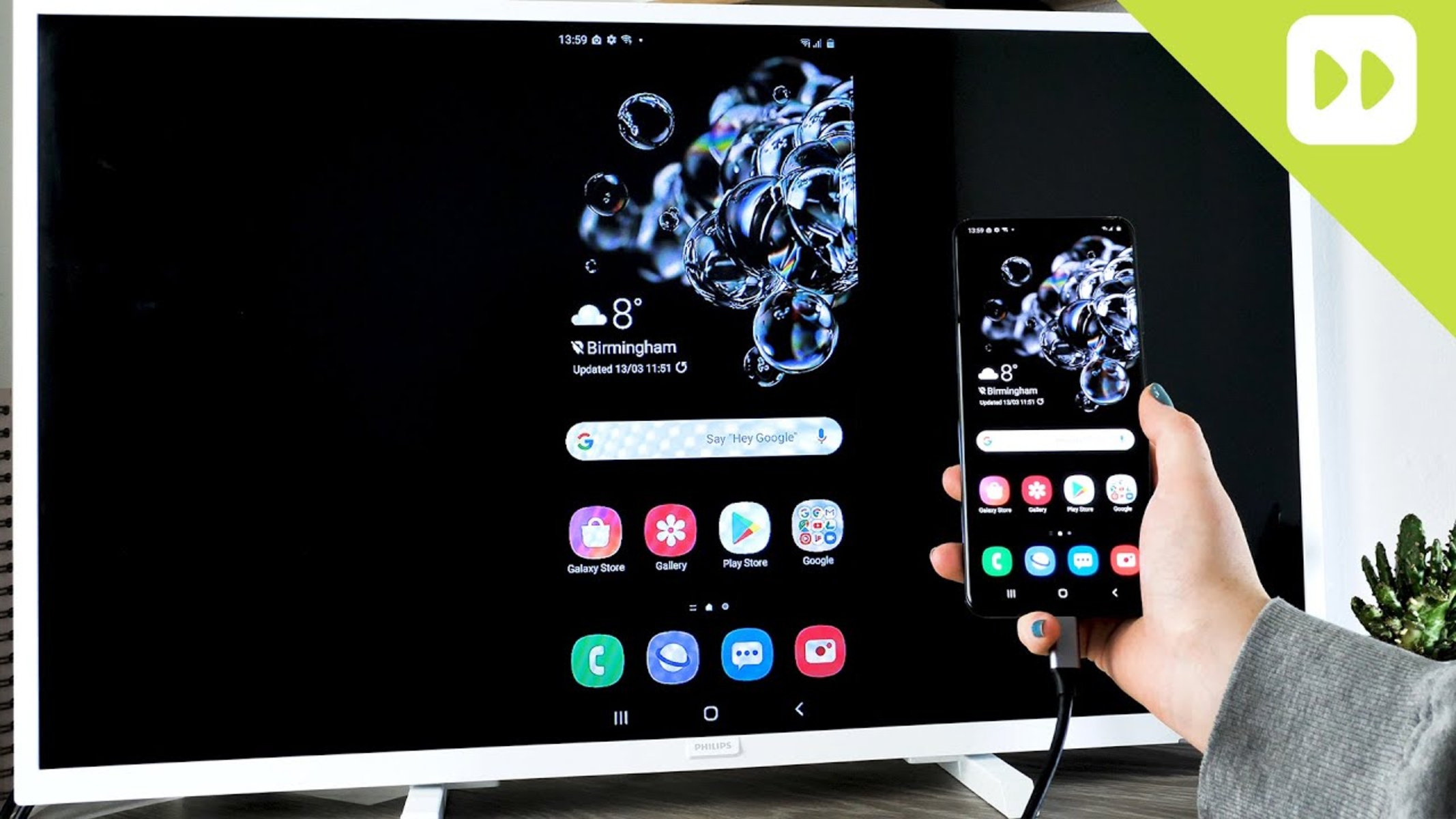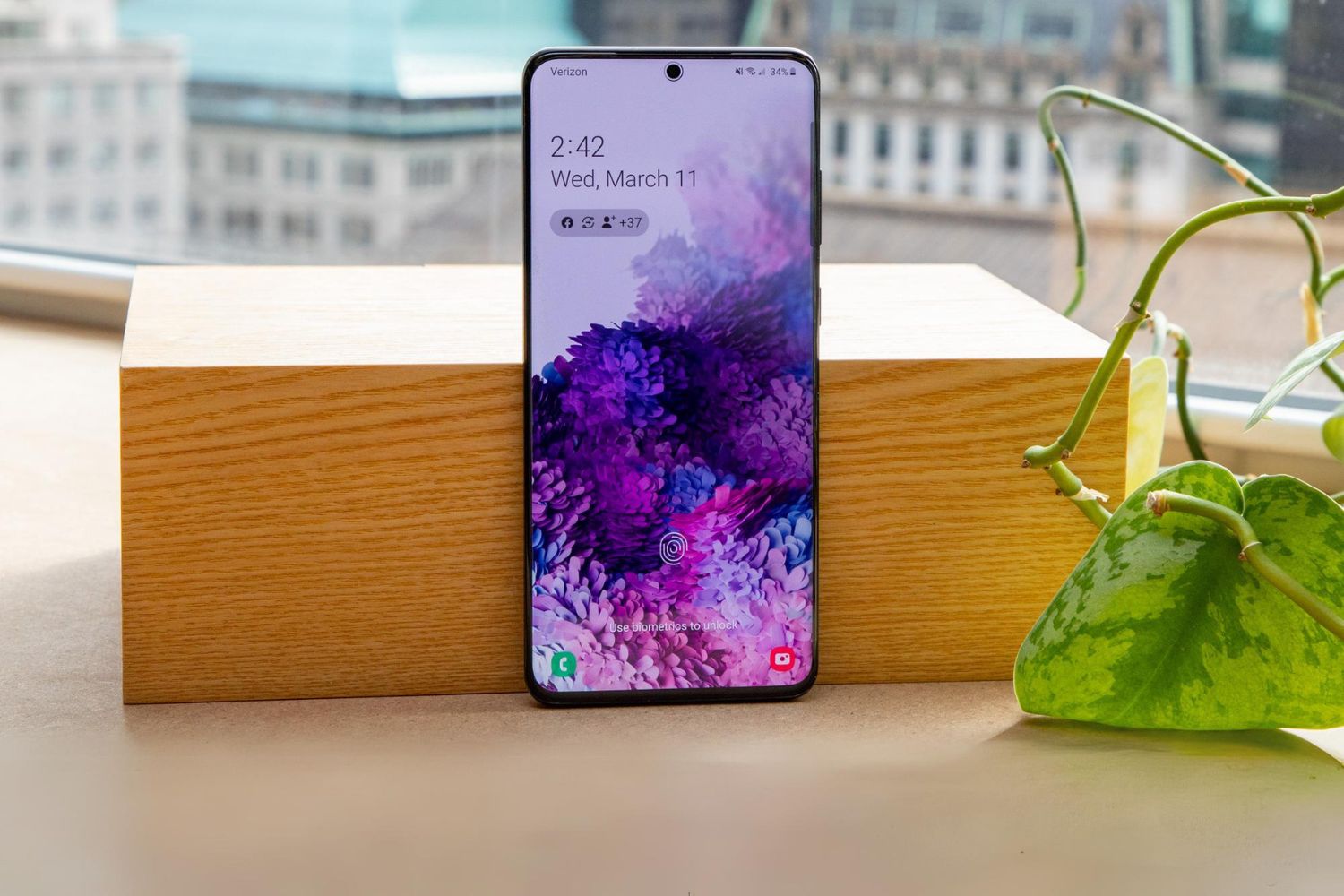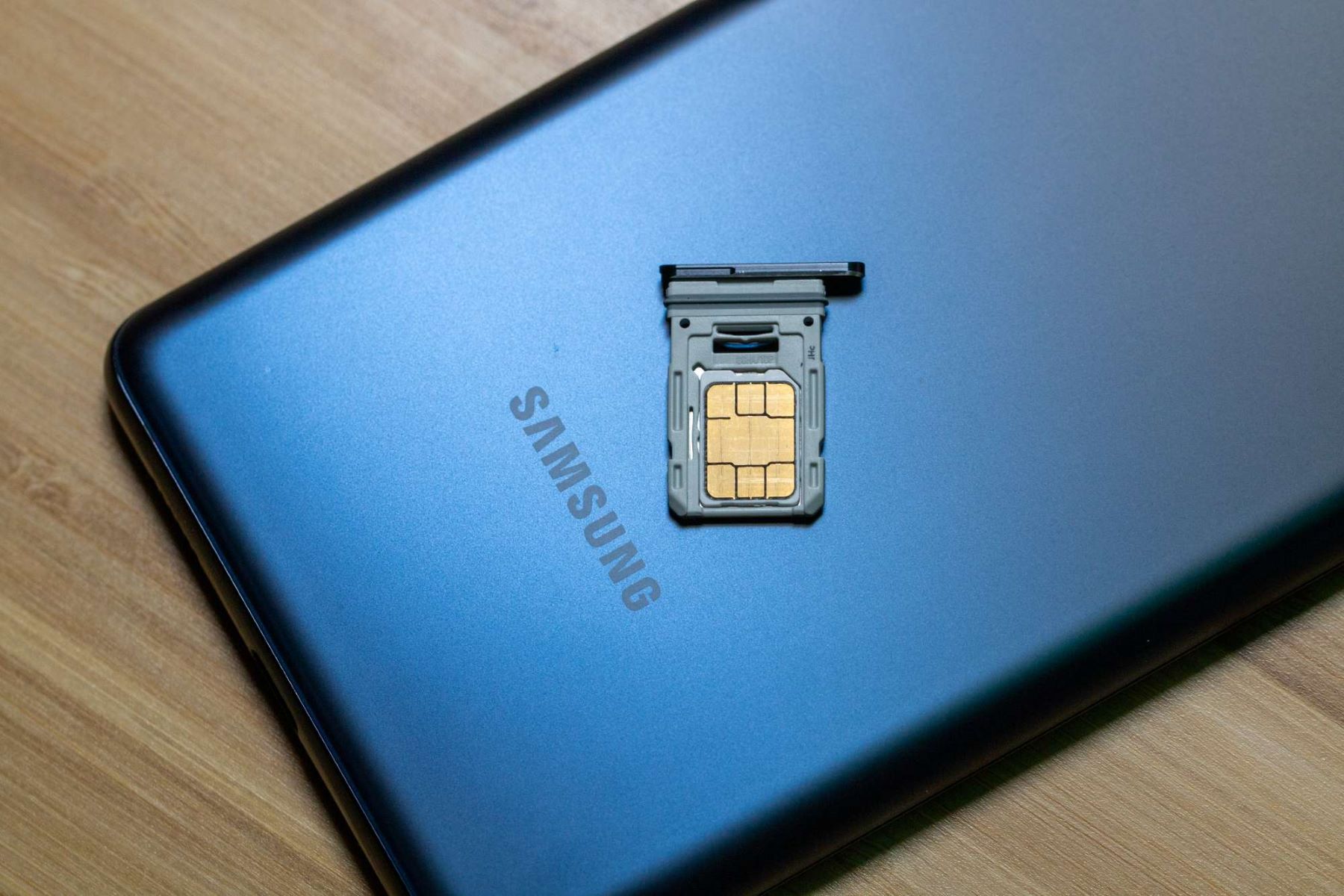Introduction
In today's fast-paced world, the need for digitizing documents has become increasingly essential. With the Samsung S20's advanced capabilities, scanning documents has never been easier. Whether it's a receipt, a contract, or a handwritten note, the Samsung S20's built-in document scanner empowers users to effortlessly convert physical documents into digital files. This not only reduces clutter but also ensures that important information is readily accessible at your fingertips.
In this comprehensive guide, we will walk you through the step-by-step process of using the document scanning feature on your Samsung S20. From setting up the scanner to adjusting scan settings and organizing scanned documents, we've got you covered. By the end of this guide, you'll be equipped with the knowledge and skills to seamlessly scan, save, and share documents using your Samsung S20.
So, whether you're a student looking to digitize lecture notes, a professional needing to store business documents, or simply someone who wants to declutter their physical files, this guide will provide you with the expertise to make the most of your Samsung S20's document scanning capabilities. Let's dive in and unlock the full potential of your device!
Step 1: Setting up the Document Scanner
Setting up the document scanner on your Samsung S20 is a straightforward process that enables you to seamlessly digitize physical documents. To begin, locate the "Samsung Notes" app on your device. Once you've accessed the app, tap on the "Create" icon, which typically resembles a pen or a plus sign, to initiate a new note. Within the note, you will find the option to insert various types of content. Look for the "Scan" option, often represented by an icon resembling a document with a magnifying glass or camera.
Upon selecting the "Scan" option, your Samsung S20 will activate its camera, transforming it into a powerful document scanner. Position the document you wish to scan within the camera's viewfinder, ensuring that it is well-lit and clearly visible. The scanner is equipped with advanced image recognition technology, allowing it to automatically detect the edges of the document and capture a high-quality image.
Once the document is successfully scanned, you have the option to add additional pages if needed. This feature is particularly useful when scanning multi-page documents such as contracts or reports. Simply repeat the process for each page, and the Samsung S20 will seamlessly compile them into a single digital file.
The document scanner also offers the flexibility to crop, rotate, or adjust the perspective of the scanned document. This ensures that the digital copy accurately reflects the original document's content and layout. The intuitive interface of the Samsung Notes app makes these editing features easily accessible, allowing you to refine the scanned document with precision.
With the document successfully scanned and edited, you can proceed to save it within the Samsung Notes app or export it to a location of your choice. The Samsung S20 provides various saving and sharing options, enabling you to organize your scanned documents efficiently and share them with colleagues, friends, or cloud storage platforms.
By following these simple steps, you can effectively set up the document scanner on your Samsung S20, transforming it into a versatile tool for digitizing and managing physical documents. This seamless process empowers you to streamline your document management workflow and embrace the convenience of digital documentation.
Step 2: Scanning a Document
Scanning a document with your Samsung S20 is a remarkably intuitive process that harnesses the power of advanced technology to seamlessly convert physical documents into digital files. Once you have accessed the document scanner within the Samsung Notes app, the camera of your Samsung S20 transforms into a high-quality scanner, ready to capture the contents of your document.
To initiate the scanning process, position the document within the camera's viewfinder, ensuring that it is well-lit and clearly visible. The document scanner leverages cutting-edge image recognition technology to automatically detect the edges of the document, ensuring that the entire content is captured with precision. This intelligent feature eliminates the need for manual adjustments, allowing you to focus on capturing the document effortlessly.
As you align the document within the camera's frame, the Samsung S20's scanner optimizes the image in real-time, ensuring that the resulting digital copy maintains exceptional clarity and detail. Whether it's a text-heavy document or a visually intricate design, the scanner adeptly captures the nuances of the original document, preserving its essence in the digital realm.
Once the document is scanned, you have the option to review the captured image before proceeding. This allows you to ensure that the content is accurately captured and that the digital copy faithfully represents the original document. The seamless interface of the Samsung Notes app provides easy access to the review feature, empowering you to verify the quality of the scanned document with a simple tap.
In the event that you need to scan multiple pages, the document scanner seamlessly accommodates this requirement. By repeating the scanning process for each page, the Samsung S20 intuitively compiles the scanned pages into a cohesive digital file, eliminating the need for manual assembly. This streamlined approach ensures that multi-page documents, such as contracts or reports, can be digitized with unparalleled ease and efficiency.
In essence, scanning a document with your Samsung S20 transcends traditional methods, offering a seamless and technologically advanced approach to document digitization. By harnessing the capabilities of the device's document scanner, you can effortlessly convert physical documents into digital assets, unlocking a new realm of convenience and efficiency in document management.
Step 3: Adjusting Scan Settings
Fine-tuning the scan settings on your Samsung S20 empowers you to customize the digitization process according to your specific preferences and requirements. Upon capturing a document using the Samsung Notes app's document scanner, you gain access to a range of adjustable settings that enhance the quality and presentation of the scanned document.
One of the key settings available for adjustment is the image quality. The Samsung S20 offers the flexibility to select the desired resolution for the scanned document, allowing you to prioritize either file size or image clarity based on your intended use. This feature is particularly valuable when digitizing documents that require a balance between image fidelity and file size efficiency.
Furthermore, the scan settings encompass options for color enhancement and filtering. These features enable you to optimize the visual representation of the scanned document, ensuring that the colors are accurately rendered and the overall visual quality is enhanced. Whether it's a vibrant presentation slide or a detailed chart, the ability to adjust color settings empowers you to capture the essence of the original document with precision.
In addition to visual adjustments, the scan settings on the Samsung S20 encompass text recognition and enhancement capabilities. By leveraging advanced optical character recognition (OCR) technology, the device can intelligently identify and enhance text within the scanned document, resulting in sharper and more legible textual content. This feature is particularly beneficial when digitizing text-heavy documents such as contracts, articles, or handwritten notes.
Moreover, the scan settings extend to document formatting options, allowing you to select the preferred file format for the scanned document. Whether it's a PDF for standardized presentation or a JPEG for image-centric content, the Samsung S20 provides versatile formatting choices to accommodate diverse document types and usage scenarios.
The ability to adjust scan settings on your Samsung S20 reflects a commitment to empowering users with comprehensive control over the document digitization process. By fine-tuning image quality, color representation, text enhancement, and formatting, you can tailor the scanned documents to align with your exacting standards and specific use cases. This level of customization ensures that the digital copies faithfully capture the essence of the original documents, reinforcing the Samsung S20's position as a versatile and user-centric document scanning solution.
Step 4: Saving and Organizing Scanned Documents
Upon successfully scanning a document using the Samsung S20's intuitive document scanner, the next crucial step involves saving and organizing the digital copies with efficiency and precision. The Samsung Notes app offers a seamless and versatile platform for managing scanned documents, empowering users to streamline their digital document workflow with ease.
After scanning a document, the Samsung S20 provides a range of saving options, allowing users to store the digital copy in a location of their choice. Whether it's within the Samsung Notes app, the device's internal storage, or an external cloud storage service, the flexibility of saving options ensures that scanned documents can be conveniently accessed and managed according to individual preferences.
Furthermore, the Samsung Notes app incorporates robust organizational features, enabling users to categorize and label scanned documents for effortless retrieval. By creating custom folders and assigning relevant tags, users can establish a structured digital document repository, facilitating efficient document management and retrieval. This organizational framework is particularly valuable for individuals and professionals dealing with diverse document types and categories, ensuring that each digital copy is systematically archived for future reference.
In addition to local storage options, the Samsung S20 seamlessly integrates with cloud storage platforms, allowing users to export scanned documents to services such as Google Drive, Dropbox, or Microsoft OneDrive. This seamless integration enhances accessibility and collaboration, as scanned documents can be instantly synchronized across devices and shared with colleagues or collaborators, transcending the limitations of traditional document storage methods.
The process of saving and organizing scanned documents on the Samsung S20 reflects a commitment to empowering users with comprehensive control over their digital document ecosystem. By offering diverse saving options, robust organizational features, and seamless cloud integration, the Samsung S20 elevates the efficiency and accessibility of digital document management, reinforcing its position as a versatile and user-centric document scanning solution.
In essence, the ability to seamlessly save and organize scanned documents on the Samsung S20 transcends traditional document management paradigms, offering a streamlined and technologically advanced approach to digital document organization and accessibility.
Step 5: Sharing and Exporting Scanned Documents
Sharing and exporting scanned documents from your Samsung S20 extends the utility of the device's document scanning capabilities, enabling seamless collaboration and accessibility across diverse platforms. Once you have scanned and saved a document within the Samsung Notes app, the device offers a range of intuitive sharing and exporting options, empowering you to effortlessly distribute and utilize the digital copies.
The Samsung S20 facilitates direct sharing of scanned documents through various communication channels, including email, messaging apps, and social media platforms. With just a few taps, you can transmit the digital copies to colleagues, clients, or friends, fostering efficient communication and collaboration. This streamlined sharing process eliminates the need for physical document transfers, transcending traditional communication barriers and enhancing productivity.
Furthermore, the Samsung S20 seamlessly integrates with cloud storage services, allowing you to export scanned documents to platforms such as Google Drive, Dropbox, or Microsoft OneDrive. This seamless integration enhances accessibility and data redundancy, as the digital copies are securely stored in the cloud, ensuring that they can be accessed from any device with internet connectivity. Whether it's for collaborative projects or personal archiving, the ability to export scanned documents to cloud storage platforms reinforces the versatility and convenience of the Samsung S20's document scanning solution.
In addition to direct sharing and cloud integration, the Samsung S20 offers versatile exporting options, enabling users to save scanned documents in standard file formats such as PDF or JPEG. This flexibility ensures compatibility with a wide range of devices and software applications, allowing the digital copies to be utilized for diverse purposes without constraints. Whether it's sharing a contract as a PDF attachment or exporting a visually rich document as a JPEG image, the Samsung S20 empowers users to tailor the exported format to suit specific communication and usage requirements.
In essence, the process of sharing and exporting scanned documents from the Samsung S20 transcends traditional document distribution methods, offering a seamless and technologically advanced approach to document collaboration and accessibility. By seamlessly integrating with communication channels and cloud storage platforms, and offering versatile exporting options, the Samsung S20 reinforces its position as a versatile and user-centric document scanning solution, empowering users to unlock the full potential of their digital documents.









